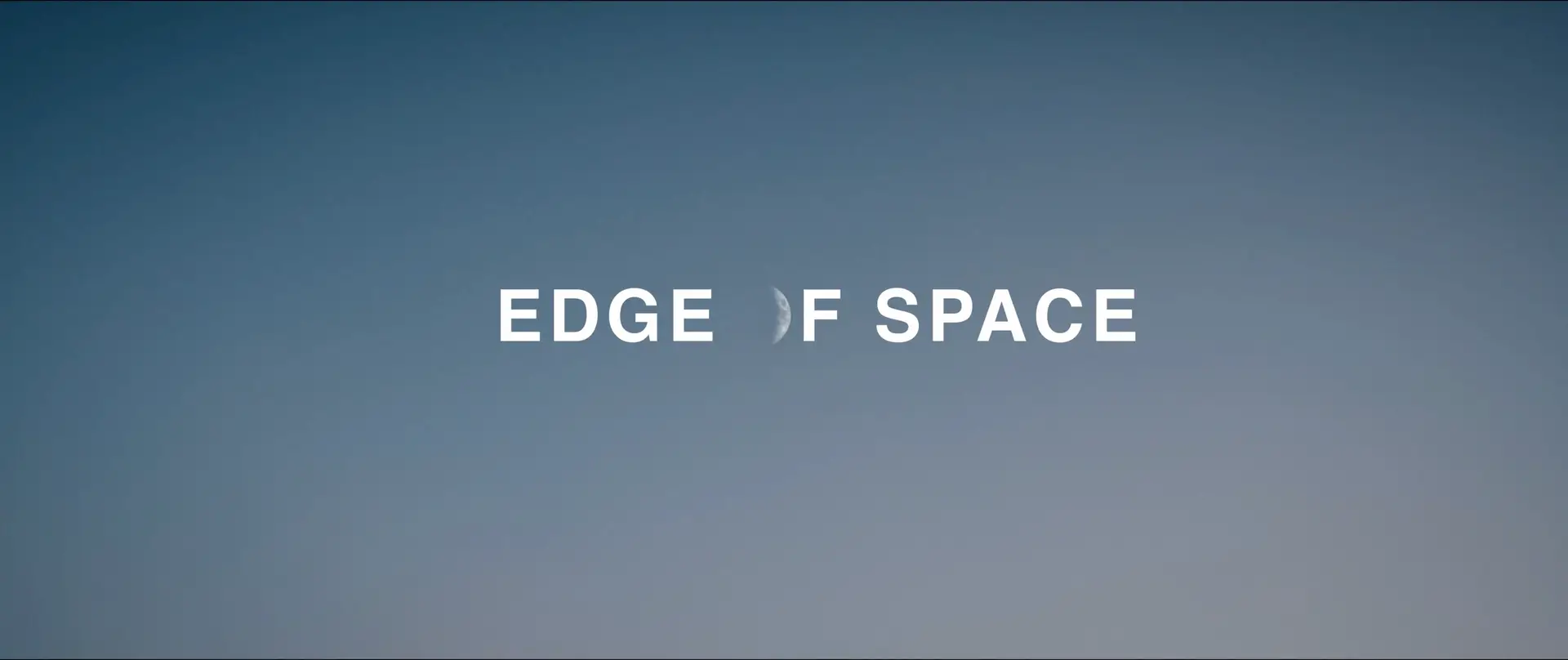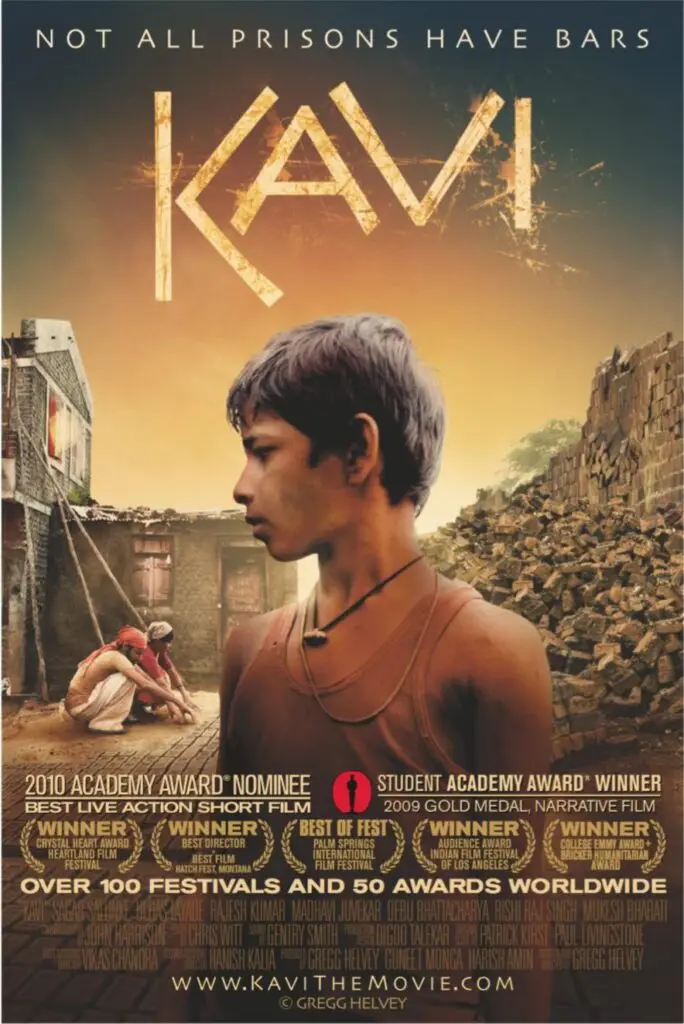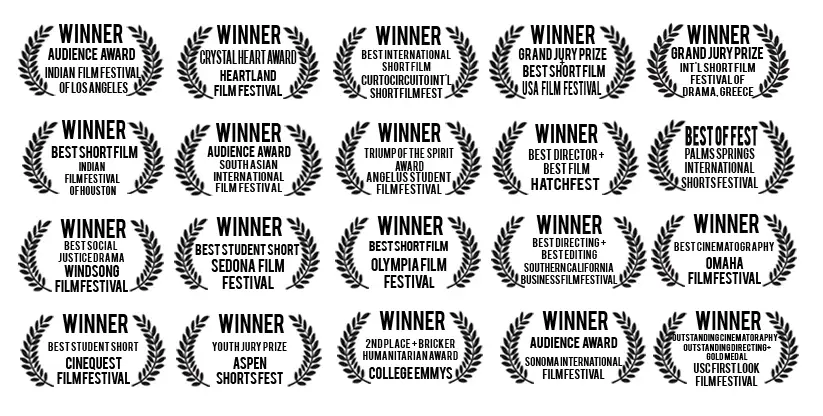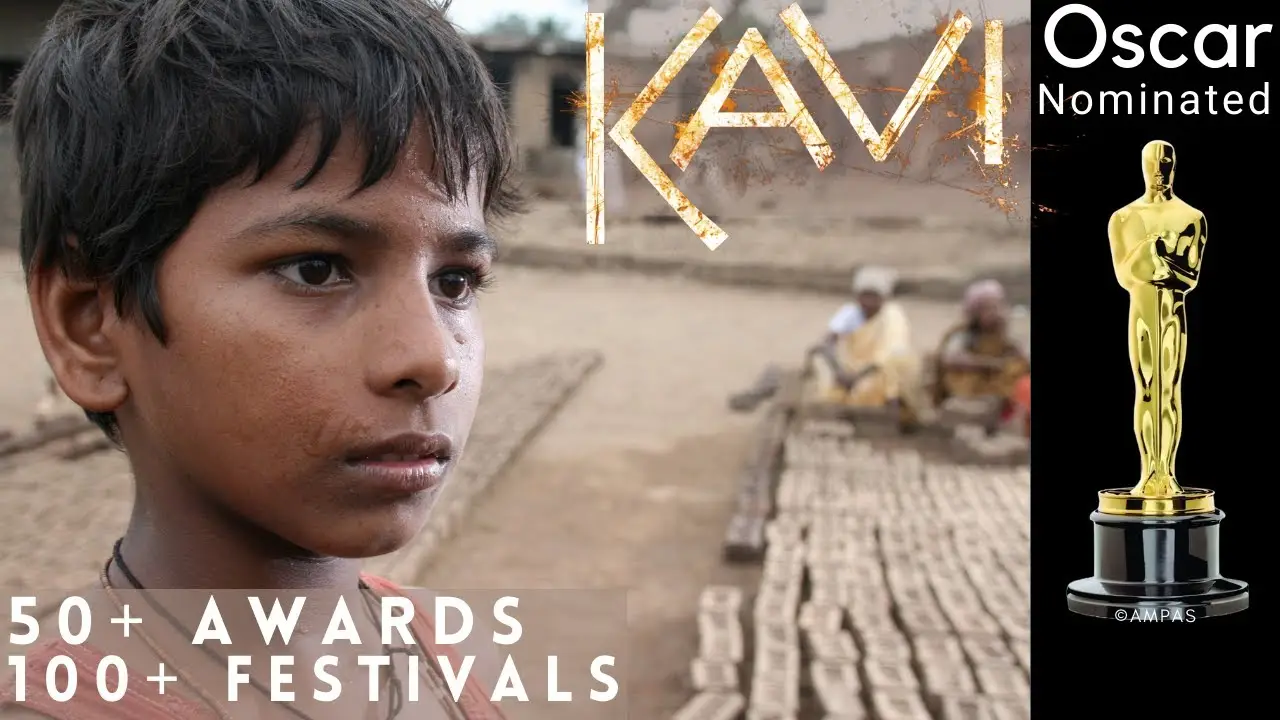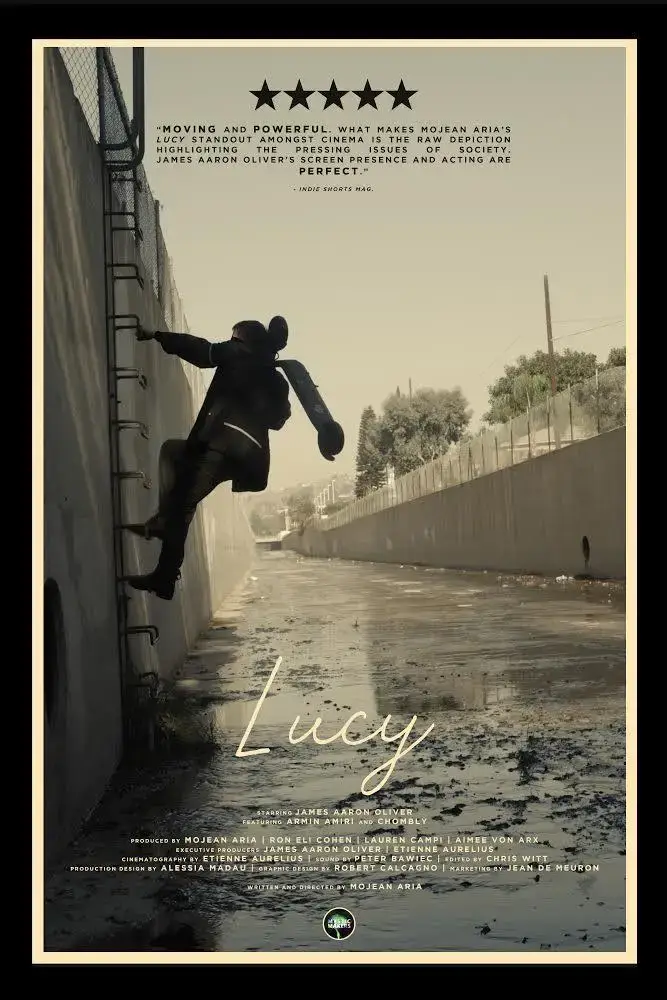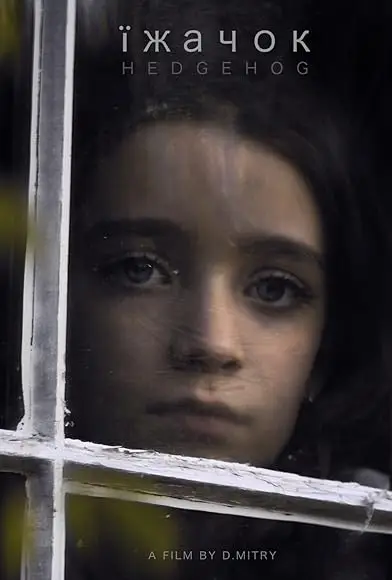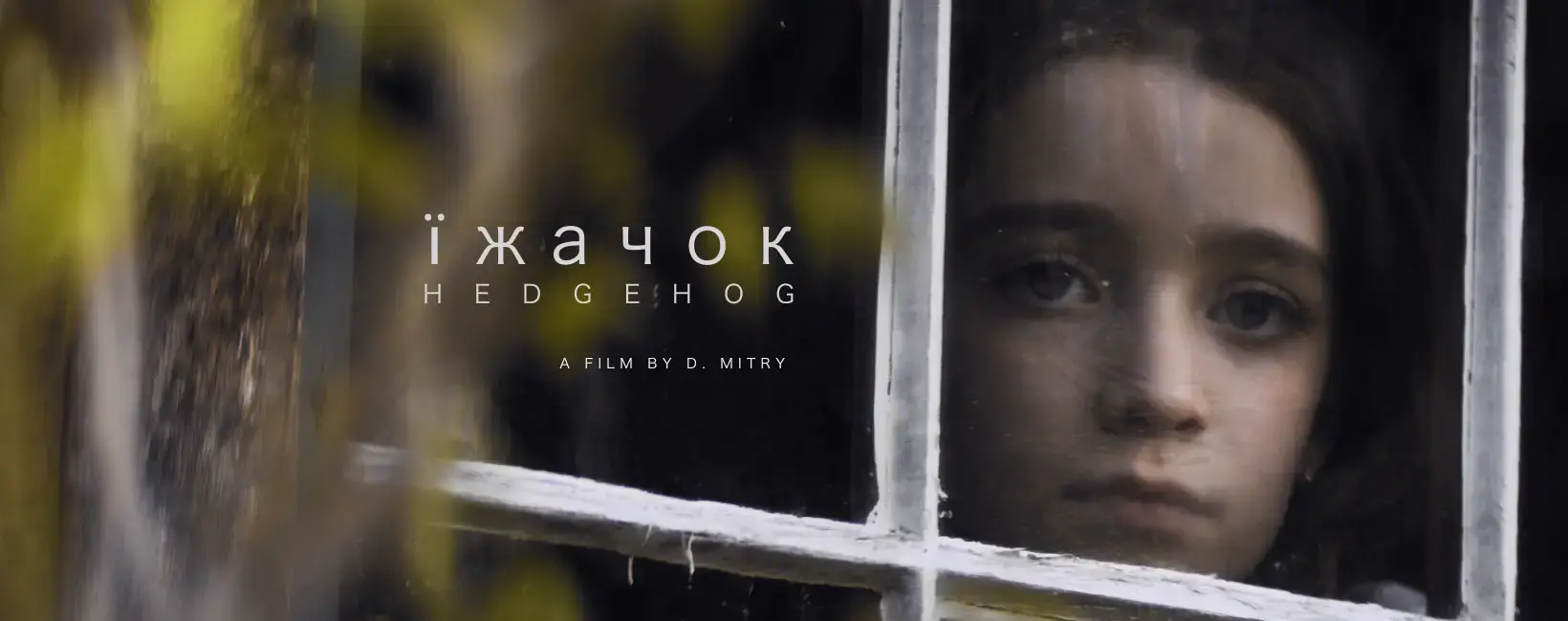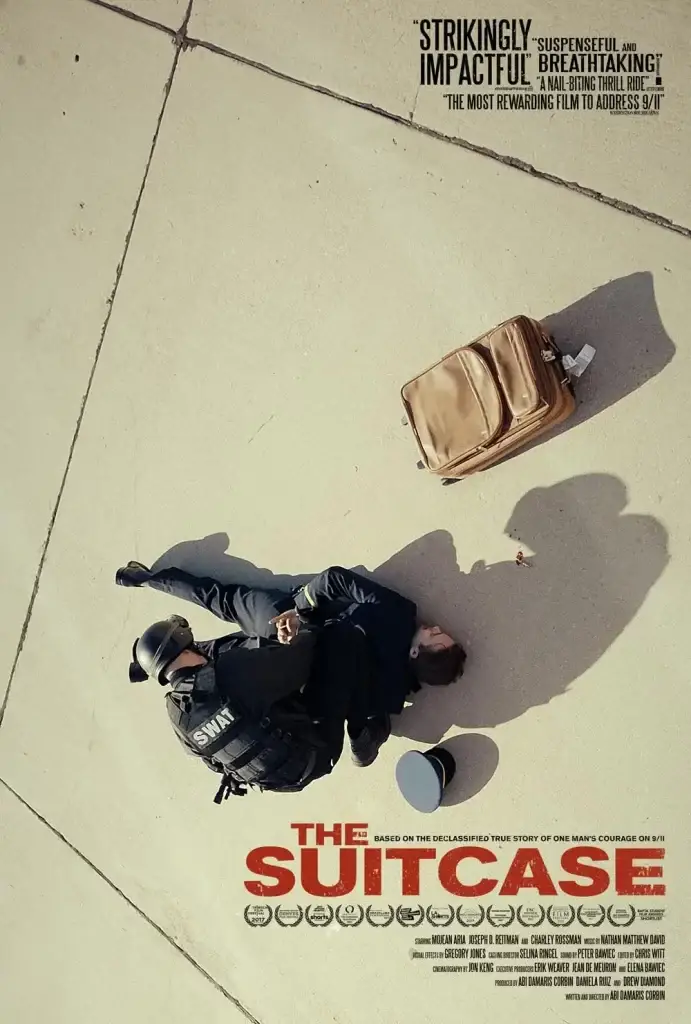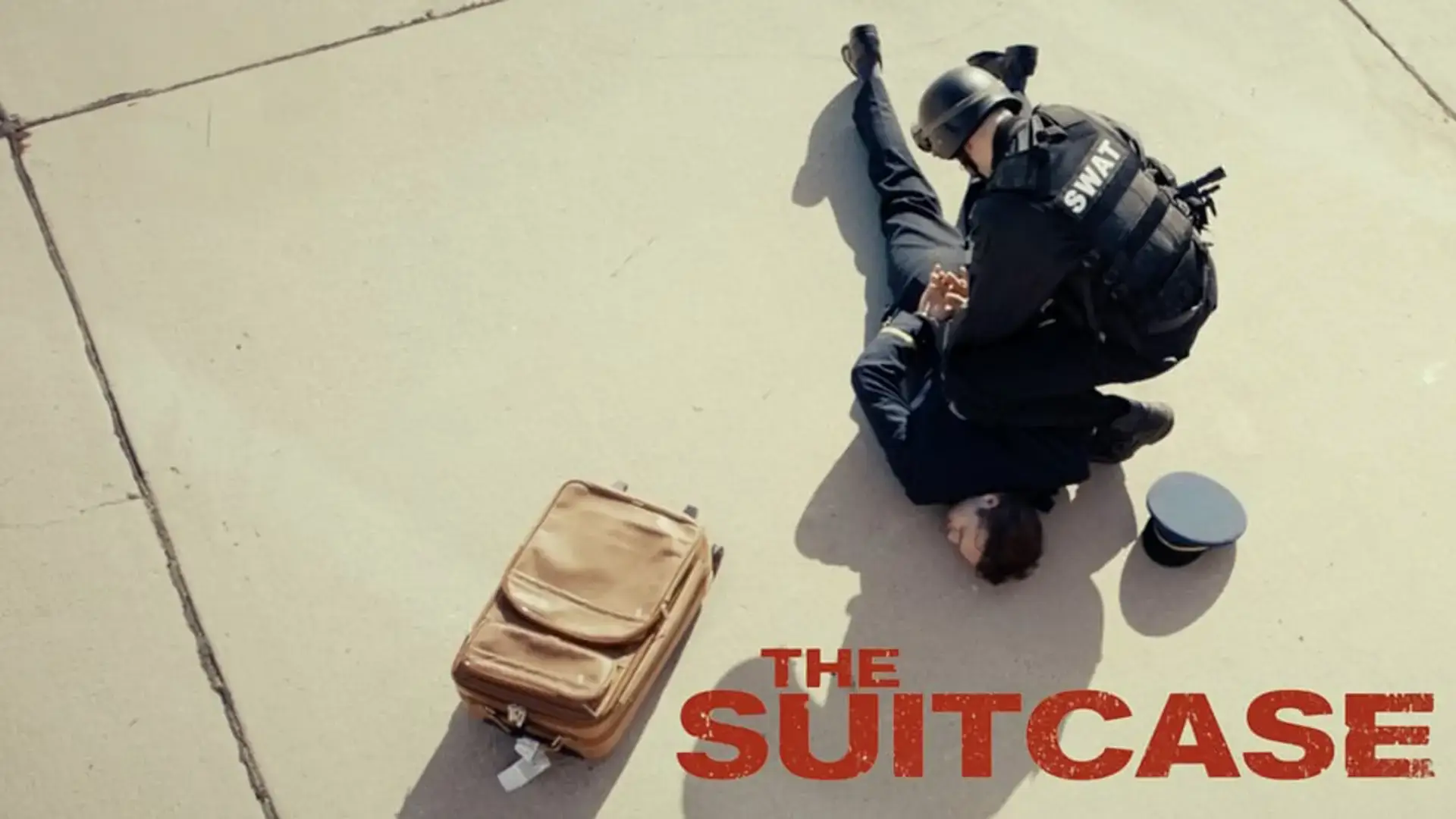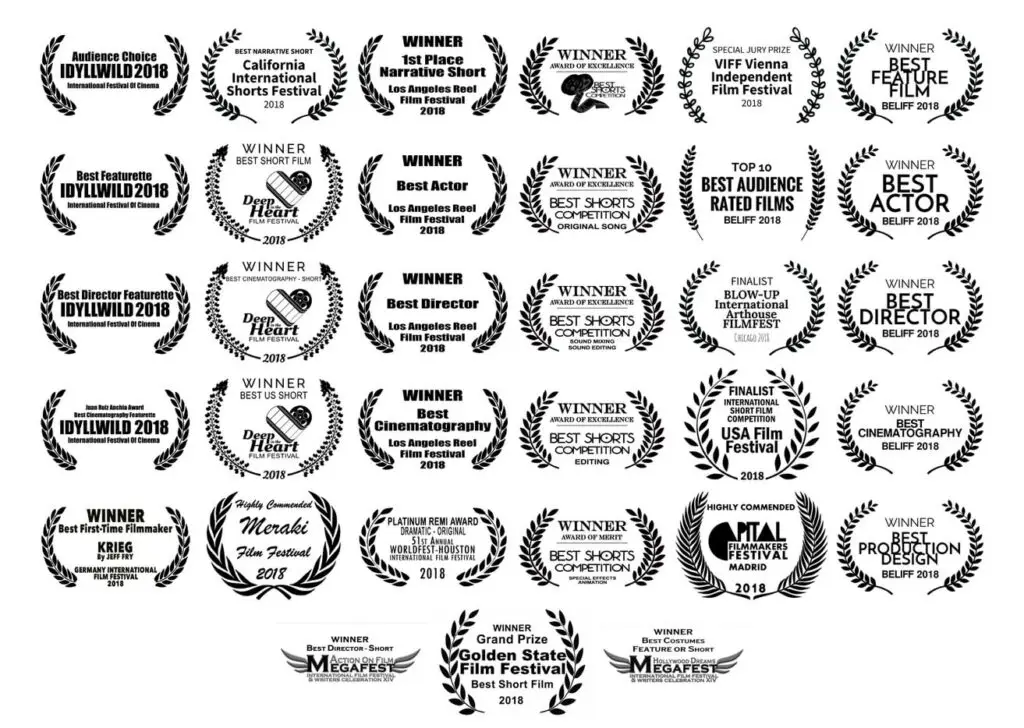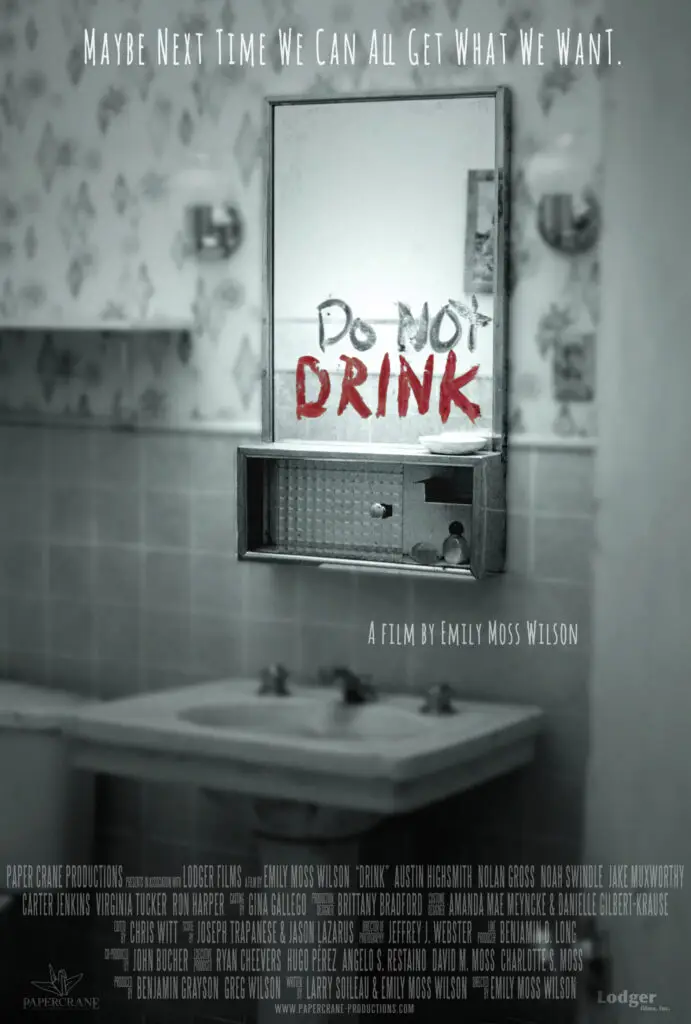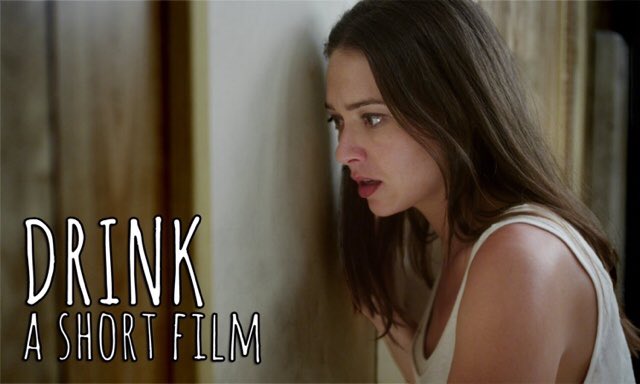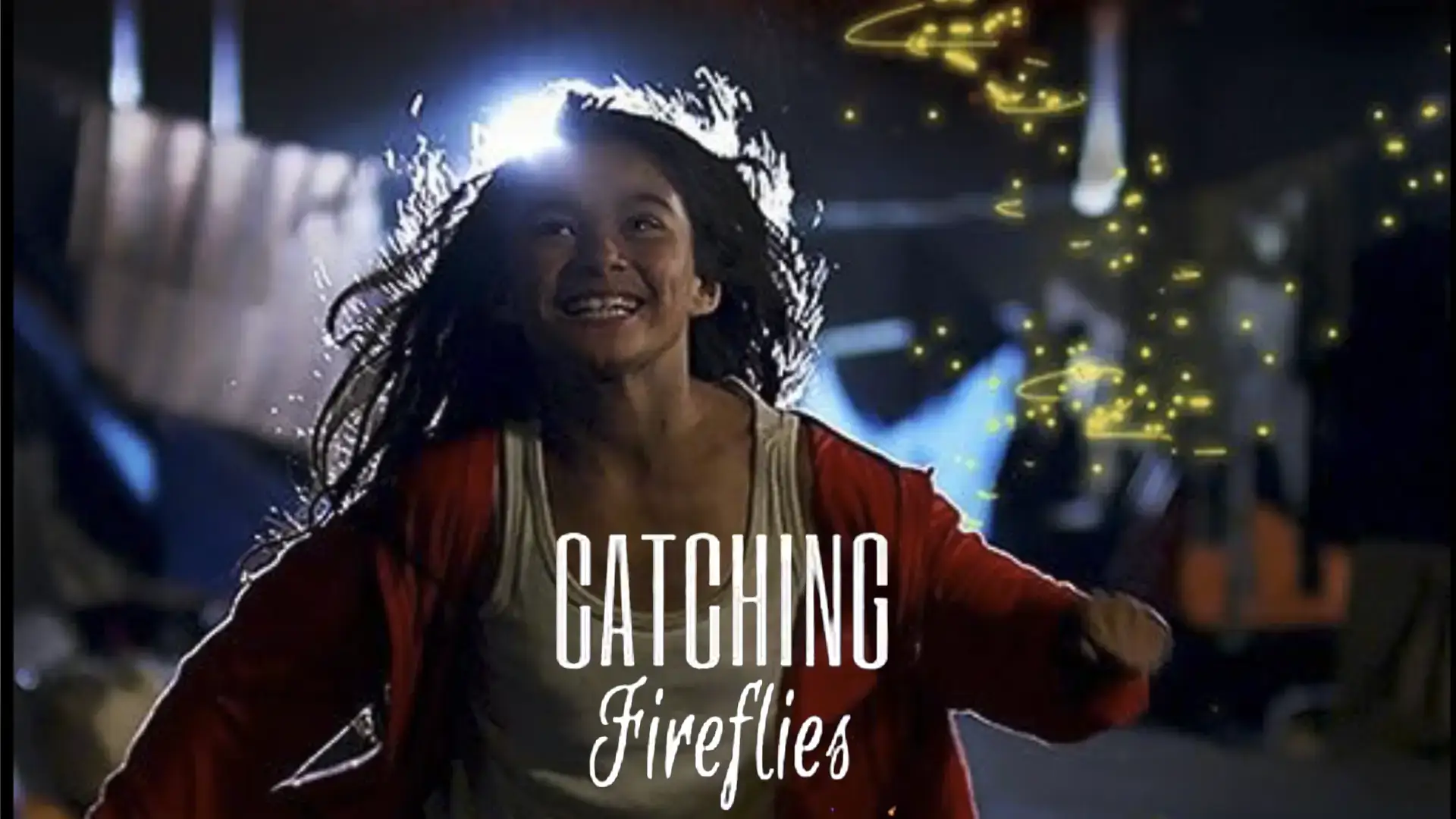“The Suitcase” is a short film directed by Abi Damaris Corbin, which has been highly praised by critics. The story revolves around Joe Franek, a baggage handler at Logan Airport in Boston. Franek leads an unfulfilled life, both professionally and personally.
The narrative takes a turn when Franek rifled through a passenger’s bag and discovers something unusual. Just as begins to revel in getting away with it, the airport descends into chaos as the news of the 9/11 attacks breaks.
Franek is then faced with a dilemma. Reporting his discovery could jeopardize his career, but not doing so could endanger countless lives. As he grapples with this predicament, he must also contend with airline staff, superiors, and FBI agents.
Indie Shorts Mag commends the film for its pacing and music, especially after the revelation of the 9/11 attacks. They also appreciate the character development of Joe Franek, the protagonist. A review on Frame.io heralds Abi Damaris Corbin as “the next Kathryn Bigelow” based on the critical success of “The Suitcase”. The review praises the film for its taut action, cool confidence, and organic character realizations.
The film explores Franek’s daily struggles and the significant impact of his decisions on recent history. Despite its short duration, “The Suitcase” leaves a lasting impression, offering a glimpse into a part of history that deserves to be told.

